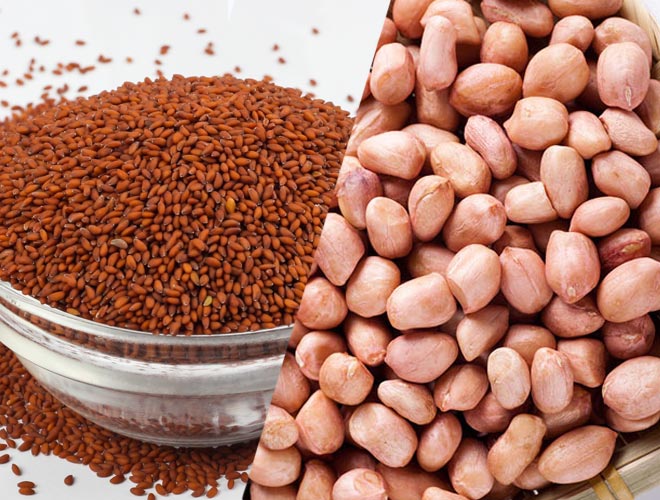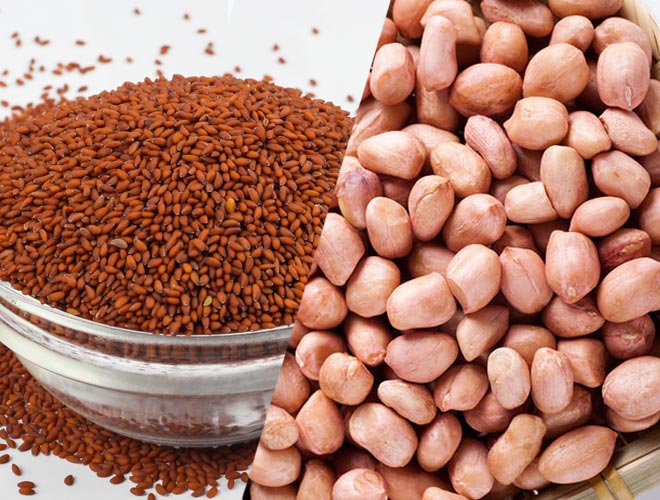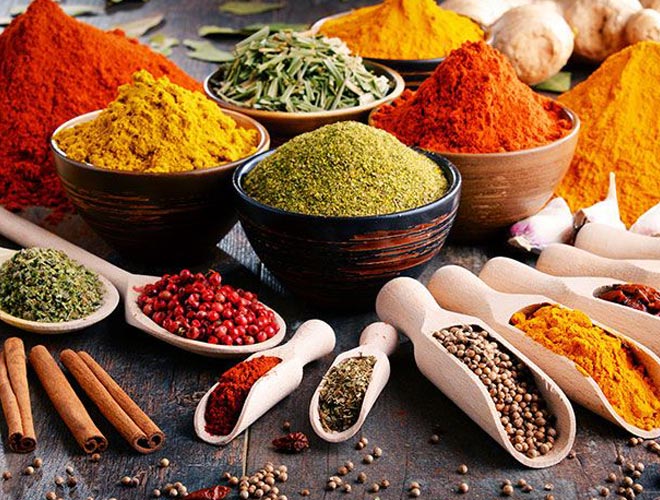
Mustard Seeds
Mustard seeds have long been valued as a culinary oil seed. They have been used in cooking since ancient times. The seeds come from the Brassica family's mustard plant's fruit pods. Brassica juncea is the scientific name for this plant.
Mustards are native to Asia Minor, but they are now grown as a major commercial crop in Canada, India, China, and temperate Europe.
The little round seeds of several mustard plants are known as mustard seeds. The seeds normally have a diameter of 1 to 2 mm. Mustard seeds come in a variety of colours, ranging from yellowish white to black. They play a key role in a variety of regional cuisines. During the twentieth century, mustard's popularity as a spice or condiment grew to the point where it is now the world's most popular spice by volume.
It's mostly used as a pickling spice and a condiment. They are frequently used whole on the Indian subcontinent, and are briefly cooked in oil until they pop to provide a taste to the oil. In the food processing business, the spice is frequently utilised for its flavour and scent. The seeds can be used to extract mustard oil. To produce mustard, the seeds, especially the white ones, are ground into flour and combined into a thick paste with a little water.
Yellow and dark brown mustard seeds are more widely used in Indian cuisine, while black seeds have a higher concentration of volatile mustard oil and have the richest flavour. White mustard is a bigger yellow type with a milder flavour. When dry, powdered mustard has no aroma, but when combined with water, it creates a spicy flavour.
In the eastern portion of India, mustard seed oil is utilised as a cooking oil. Fish and vegetables cooked in mustard oil are particularly popular among Bengalis and Oriyas. It's also a key ingredient in Kasundi, a popular mustard sauce for sandwiches and burgers. Mustard leaves are used to make Saag, also known as Punjabi Sarso da Saag, in the northern part of India. It is known as mohari in Maharashtra and is commonly used in Maharastrian dishes.
The seeds can be popped whole in extremely hot oil. This flavoured oil can be used to prepare raw foods or drizzled over various meals right before serving. Mustard is used in salad dressing recipes to assist emulsify liquids, combine oil and vinegar, and offer a spicy kick. Mustard seeds are used in a variety of cuisines, including vegetables, beans, pastries, and pickles. Mayonnaise and barbecue sauce both contain mustard as an ingredient. When combined with vinegar and/or olive oil, it can also be used as a salad dressing base.
Mustards are native to Asia Minor, but they are now grown as a major commercial crop in Canada, India, China, and temperate Europe.
The little round seeds of several mustard plants are known as mustard seeds. The seeds normally have a diameter of 1 to 2 mm. Mustard seeds come in a variety of colours, ranging from yellowish white to black. They play a key role in a variety of regional cuisines. During the twentieth century, mustard's popularity as a spice or condiment grew to the point where it is now the world's most popular spice by volume.
It's mostly used as a pickling spice and a condiment. They are frequently used whole on the Indian subcontinent, and are briefly cooked in oil until they pop to provide a taste to the oil. In the food processing business, the spice is frequently utilised for its flavour and scent. The seeds can be used to extract mustard oil. To produce mustard, the seeds, especially the white ones, are ground into flour and combined into a thick paste with a little water.
Yellow and dark brown mustard seeds are more widely used in Indian cuisine, while black seeds have a higher concentration of volatile mustard oil and have the richest flavour. White mustard is a bigger yellow type with a milder flavour. When dry, powdered mustard has no aroma, but when combined with water, it creates a spicy flavour.
In the eastern portion of India, mustard seed oil is utilised as a cooking oil. Fish and vegetables cooked in mustard oil are particularly popular among Bengalis and Oriyas. It's also a key ingredient in Kasundi, a popular mustard sauce for sandwiches and burgers. Mustard leaves are used to make Saag, also known as Punjabi Sarso da Saag, in the northern part of India. It is known as mohari in Maharashtra and is commonly used in Maharastrian dishes.
The seeds can be popped whole in extremely hot oil. This flavoured oil can be used to prepare raw foods or drizzled over various meals right before serving. Mustard is used in salad dressing recipes to assist emulsify liquids, combine oil and vinegar, and offer a spicy kick. Mustard seeds are used in a variety of cuisines, including vegetables, beans, pastries, and pickles. Mayonnaise and barbecue sauce both contain mustard as an ingredient. When combined with vinegar and/or olive oil, it can also be used as a salad dressing base.




